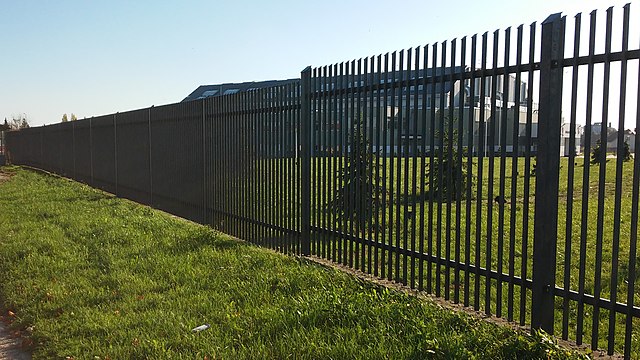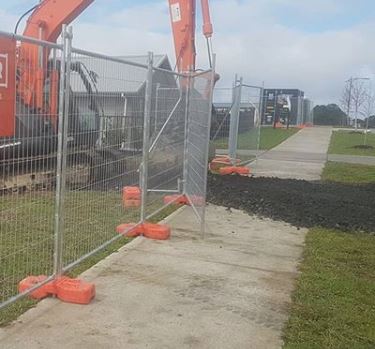Sediment control is a major factor at construction sites which requires the use of effective sediment traps. There are many different types of sediment traps ranging from silt fences to rock-filled ditches to berm and sump combinations, all of which can play an important role in preventing potential sediment runoff.
As a sediment control expert based in Monmouth County, New Jersey, we are dedicated to providing high-quality sediment control services to the construction industry throughout the state. Sediment control is a critical aspect of construction projects, as it helps to prevent erosion, protect water quality, and ensure compliance with environmental regulations.
Various types of sediment traps can be used to effectively control sediment and keep construction sites clean and safe. Construction professionals looking to enhance their sediment control practices can reference this article as a resource and ensure the success of their projects.
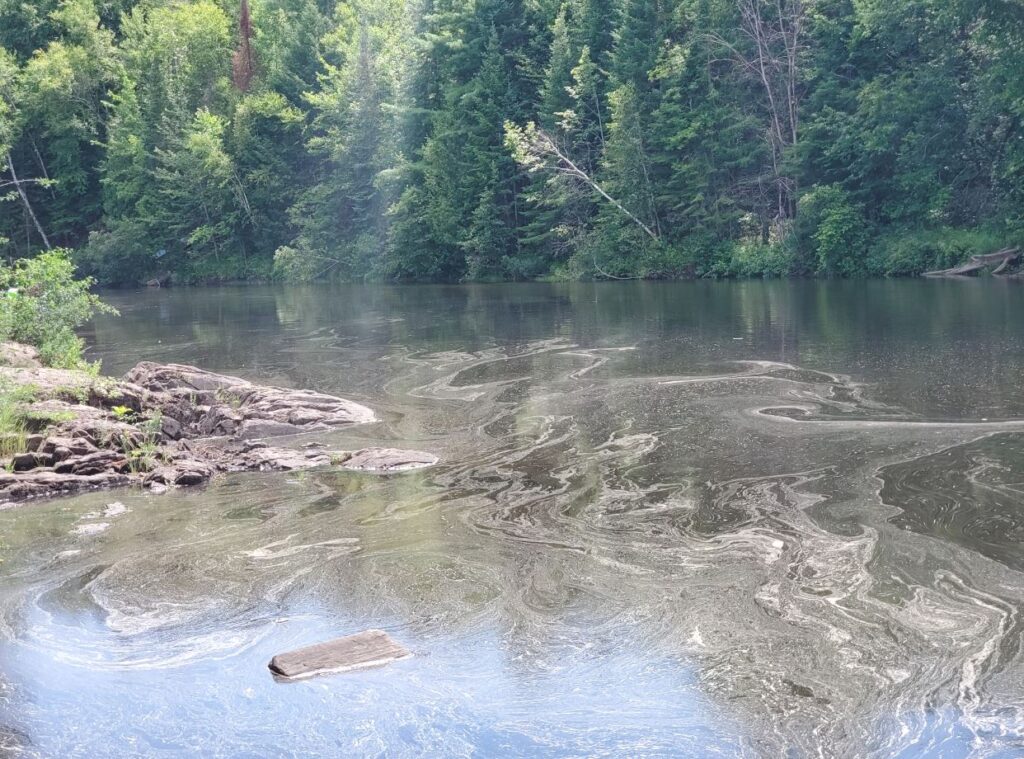
Each type has its own advantages and disadvantages – for instance, silt fences are relatively easy to install but they require regular maintenance, while rock-filled ditches offer more longevity but involve more complex installation process.
However, selecting the right type of sediment trap for your particular project is vital to maintain a safe working environment and ensure that regulations regarding air and water quality are not compromised.
Importance of understanding the different types of sediment traps
Sediment Basins
A Sediment Basin is an important sediment laden water management tool. Acting as part of a drainage system, sediment basins are designed to collect silt, debris, and stormwater runoff so that they can be filtered properly and released in an environmentally safe manner. They also slow down the flow of water entering streams or rivers and help prevent erosion from disrupting vegetation and animal habitats.
By creating a place for sediment to settle before it moves downstream, sediment basins protect sensitive ecosystems from harm. In addition, using filtration systems in sediment basins can reduce damage caused by pollutants like nitrogen and phosphorus that enter waterways from things like fertilizer runoff. As such, these helpful basins continue to play an important role in keeping our waters clean and healthy for generations to come.
Settling Ponds
A settling pond is an artificial water feature designed to collect and filter sediment laden runoff from nearby areas. It typically consists of a small body of water that retains sediment and debris, allowing only the cleanest water to filter through its walls. Its main purpose is to help reduce soil erosion, improve water quality, and help control floodwaters.
Additionally, settling ponds can add beauty to a landscape, attract wildlife, and offer recreational opportunities for local communities. As such, they are an essential part of many modern urban infrastructures.
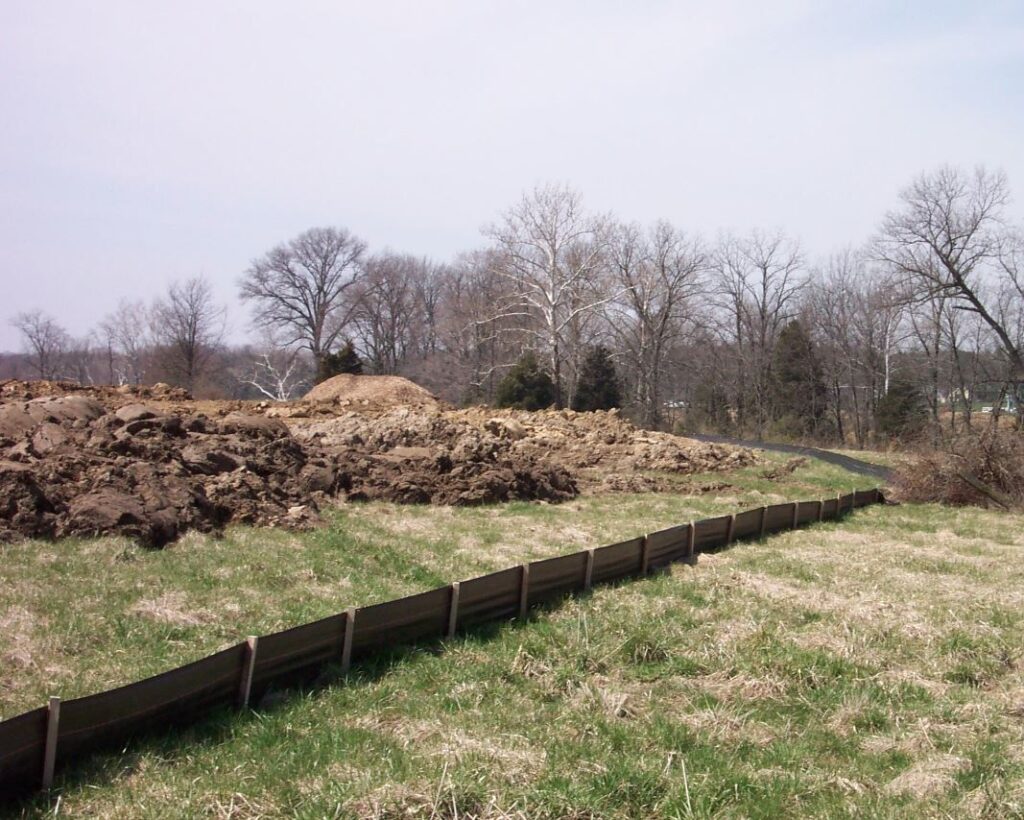
Silt Fences
A silt fence is a common form of mild sediment control used for erosion and sediment control and is made from fabric and metal or plastic fence posts. They are typically temporary and used to prevent soil eroded from an area under construction from entering into streams, waterways and other ecosystems. The silt fence acts as a “filter” by allowing clean water to pass through it, while trapping polluted particles like clay, sand, and dust on its surface until they can be cleaned or removed.
Its benefits include not only protecting nearby environment such as rivers, lakes, wetlands and shorelines but can also be applied to permeable pavements and reduce the total suspended solids in runoff. In addition to providing the necessary improvements to areas with soil erosion problems and reducing pollutant levels, silt fences do their work cost-effectively since installation requires only minimal resources such as posts stakes, wire ties and woven geotextile fabric panels.
Gravel Filters
A gravel filter is an effective way to ensure water in a pond, aquarium, or other water system remains free from algae and other unwanted contaminants. It uses particles of gravel, sand, and other materials to filter out unwanted material as the pump circulates the water through the gravel-filled filter. The benefits of using a gravel filter are numerous; it helps oxygenate the water by increasing its exposure to air, increases clarity of water by removing organics and dirt particles, helps reduce odor caused by organic matter breaking down in stagnant waters, purifies ammonia produced by fish waste, and provides adequate biological filtration which will help support a healthy aquatic ecosystem.
Wattles and Berms
Wattles and Berms are two nature-based erosion control techniques which seek to reduce site runoff caused by land disturbances such as development or farming. Both basins function with a combination of organic material and natural soil to direct water flow.
Wattles consist of loosely bundled organic materials such as straw, coconut fibers, and coconut husks that are placed between the disturbed soil surface and stabilized area in order to collect and confirm erosive particles.
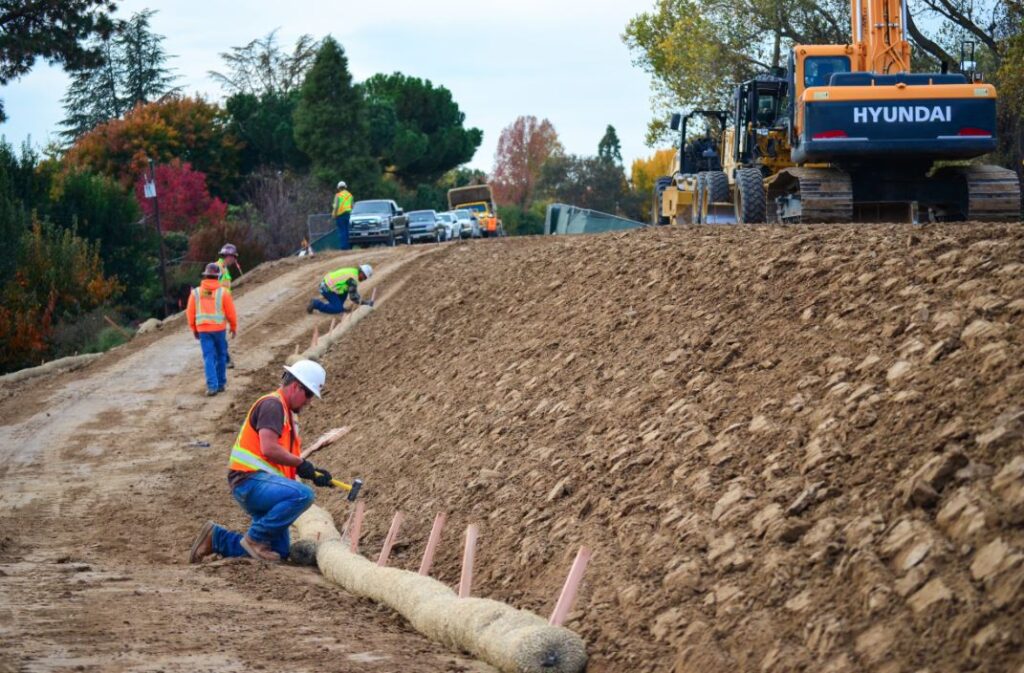
Berms, which measure higher than the original land surface, contain various materials such as sod from grassland or hardscape from road building projects. They are beneficial in preventing flooding by controlling large amounts of rainwater at once while allowing more consistent slope formation; they also improve soils and promote root growth of vegetation.
Collectively, wattles and berms can be used to restore landscapes quickly while still providing essential protection against pollution runoff converges, and the disposal of erosive soil particles.
Choosing the Right Sediment Trap Size for Your Site
Choosing the right sediment trap for your site is an important decision to make. Not only does it ensure that you’re preventing valuable soil erosion, but it also helps keep waterways clean and free from potential pollutants. To make sure that you select the best sediment trap for your needs, consider looking at different types and styles of traps available.
It’s important to note that some traps are designed specifically to handle extra water flow, while others may perform better in more shallow conditions. Keep in mind that the size and depth of the area you plan on trapping must be taken into account as well. Some traps will require larger amounts of sediment than others to function optimally. Weigh all these factors when selecting a sediment trap, and you’ll have one in place that will help keep soils stable while also protecting against potential hazards.
Site Clearing Phase And Installation
Deciding to install and place sediment traps on a construction site is essential to protecting the environment and increasing natural drainage. Sediment traps act as organic filters, trapping sediment and debris before it enters the surrounding area.
When installed correctly, sediment traps help reduce downstream impacts from construction activities. Maintenance of sediment traps is equally important, as improper maintenance can lead to reduced effectiveness or trapped debris flowing over or around the perimeter of the traps.
Regular inspection and cleaning of the traps should be conducted to ensure the most effective results. Overall, proper installation and maintenance of sediment traps is key in preserving local ecosystems and protecting downstream water sources.
Final Thoughts About Keeping Sediment Under Control
In conclusion, sediment removal traps are an important tool for preserving soil and protecting the environment from potential pollutants. With a variety of types available to suit any construction site’s needs, these traps can be easily installed with minimal maintenance requirements.
Additionally, they help reduce downstream impacts while still providing essential protection against erosive particles that may otherwise harm local ecosystems or water sources. If you’re considering adding a sediment trap on your next construction project site, don’t hesitate; it’s sure to provide many benefits in the long run!

